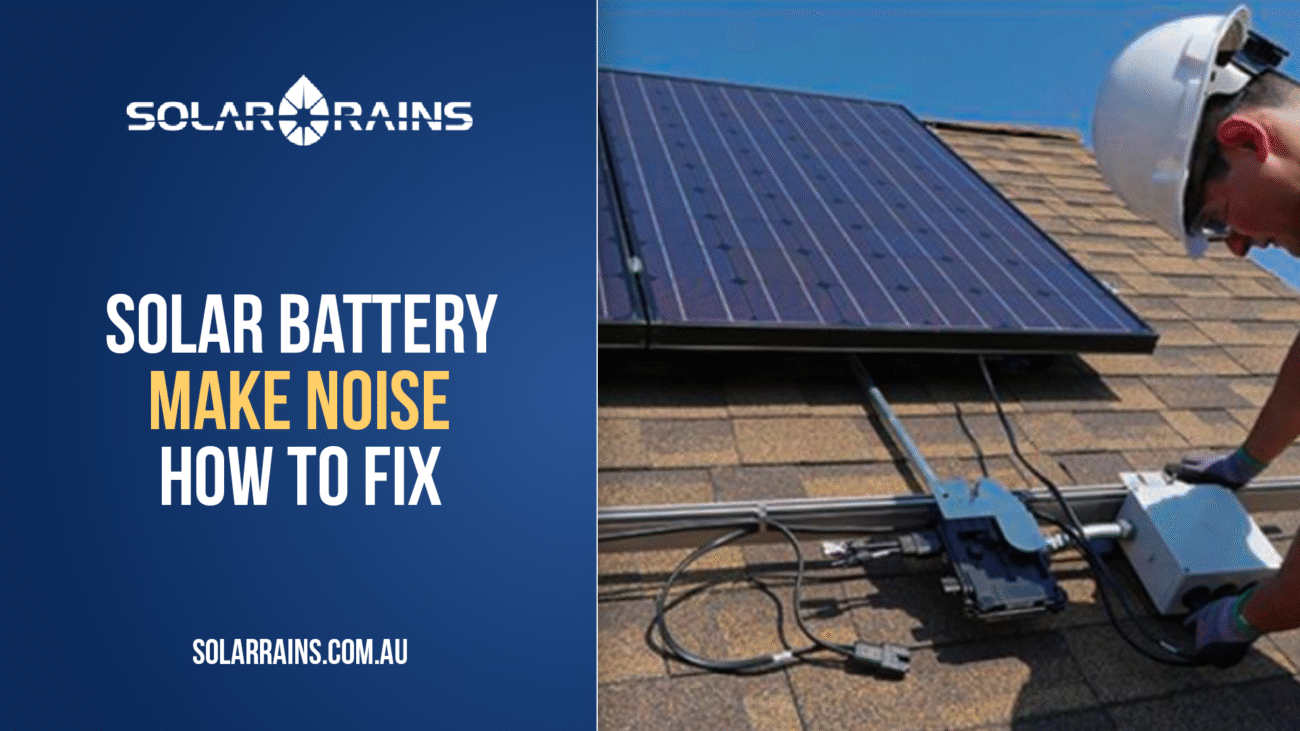What Is Silicone Roof Flashing?
Silicone roof flashing is a flexible, UV-resistant, waterproof barrier used to seal roof penetrations like pipes or solar mounts against water ingress. Made from high-grade silicone rubber, it can withstand harsh environmental conditions and temperature extremes, making it an ideal choice for solar installations.
Unlike metal flashing, silicone flashing adapts better to irregular roof surfaces and provides superior sealing performance over time. Brands like Dektite are known for premium roof flashing products, commonly used in solar power systems.
Explore Solar Rains’ premium options:
Why Is Silicone Roof Flashing Important?
Prevents Leaks
Improper roof sealing is one of the top causes of water damage in solar installations. Silicone roof flashing provides a watertight barrier that protects the system and your property.
Long-Term Durability
Silicone is resistant to UV rays, ozone, and weather fluctuations. This ensures the flashing won’t crack, degrade, or shrink—making it a long-lasting investment.
Flexible Fit
It adapts to different roof angles and profiles, including corrugated, metal, and tiled roofs.
Heat Resistance
Silicone flashing maintains its integrity even under high-temperature exposure, which is common in solar panel systems.
Benefits of Silicone Roof Flashing in Solar Installations
| Feature | Benefit |
| Waterproofing | Protects structure and electrical components |
| UV & Weather Resistant | Ideal for harsh Australian climates |
| Easy Installation | Flexible base conforms to any roof type |
| Long Service Life | Up to 20–30 years with proper maintenance |
| Compatible with Sealants | Works with solar-grade silicone sealants |
How to Fit Silicone Roof Flashing (Step-by-Step)
Fitting a silicone roof flashing is simple if you follow the correct steps. Here’s how to do it for your solar system:
Tools & Materials:
- Dektite silicone flashing
- High-temp silicone sealant (e.g. Solar Rains’ silicone for roof flashing)
- Tin snips or blade
- Screws and washers
- Screwdriver or drill
- Measuring tape
Step 1: Measure the Pipe or Conduit
Identify the pipe size penetrating the roof. Select a flashing size that tightly fits the pipe diameter.
Step 2: Cut the Opening
Trim the cone of the flashing at the marked ring matching your pipe diameter. Use sharp tin snips or a utility knife.
Step 3: Apply Silicone Sealant
Apply solar-grade silicone under the flashing base to create a seal between the roof and the flashing. This prevents water from entering underneath the flashing.
Step 4: Fit the Flashing Over the Pipe
Slide the cone over the pipe until the base sits flush against the roof.
Step 5: Secure to the Roof
Use roofing screws and washers to fasten the base to the roof. For corrugated surfaces, follow the contour and use screws in the valleys.
Step 6: Seal Edges
Apply another layer of silicone sealant along the outer edges of the flashing base.
Step 7: Inspect & Clean
Ensure there are no gaps or folds. Wipe off excess sealant.
For optimal results, refer to product guides from Solar Rains and consult your installer.
Maintenance & Tips
- Inspect flashing every 6–12 months, especially after extreme weather.
- Reapply silicone sealant if cracks appear.
- Do not paint over the silicone.
- Avoid mechanical strain on the flashing cone during system operation.
FAQs (Frequently Asked Questions)
It’s used to seal rooftop penetrations (pipes, conduits) to prevent water from leaking into the building, especially in solar or HVAC installations.
Silicone flashing is more durable under UV, higher temperature, and chemical exposure. Rubber may degrade faster over time.
Yes. Use flexible flashing like Dektite and ensure the base fits around the tiles or trims accordingly.
Absolutely. Silicone flashings are designed to adapt to different roof profiles due to their flexibility.
No. Always use high-temp, UV-stable silicone sealant for solar applications to ensure long-term protection.
With proper installation, it can last over 20 years.
While it’s DIY-friendly, we recommend using certified installers for solar roof penetrations to avoid warranty issues.
Trusted suppliers like Solar Rains offer TUV-certified, weather-tested products suited for Australian rooftops.
Conclusion: Get the Basics Right with Roof Flashing
Silicone roof flashing is a small component with a big job. Whether you’re a homeowner adding panels or a solar installer managing dozens of rooftops, this protective element ensures your system remains leak-free, efficient, and long-lasting.
From installation to maintenance, proper use of solar-grade silicone roof flashing protects your investment and your roof. Don’t cut corners, choose trusted brands and get the job done right the first time.
Ready to upgrade your installation with certified flashing gear?
Browse Solar Rains’ full range of roof flashing products and get expert support tailored to your needs.










